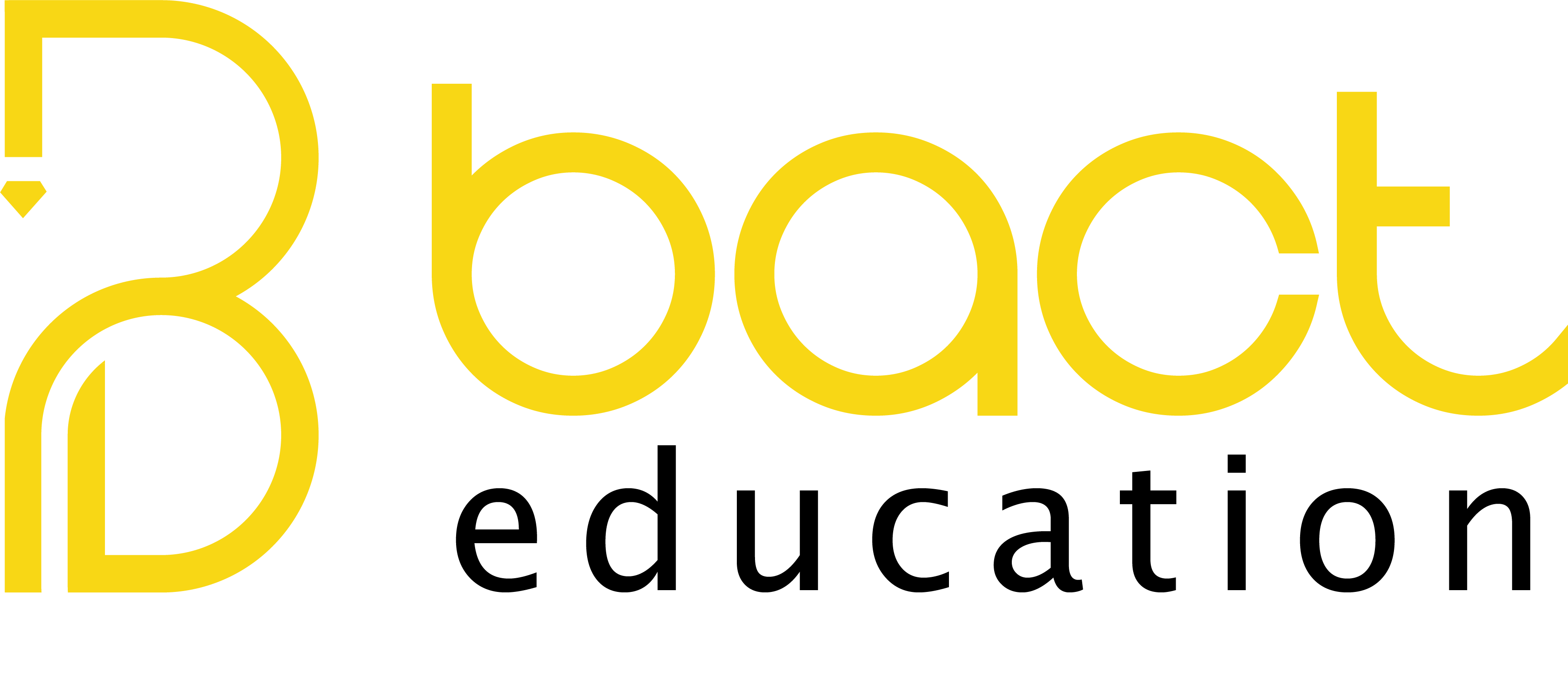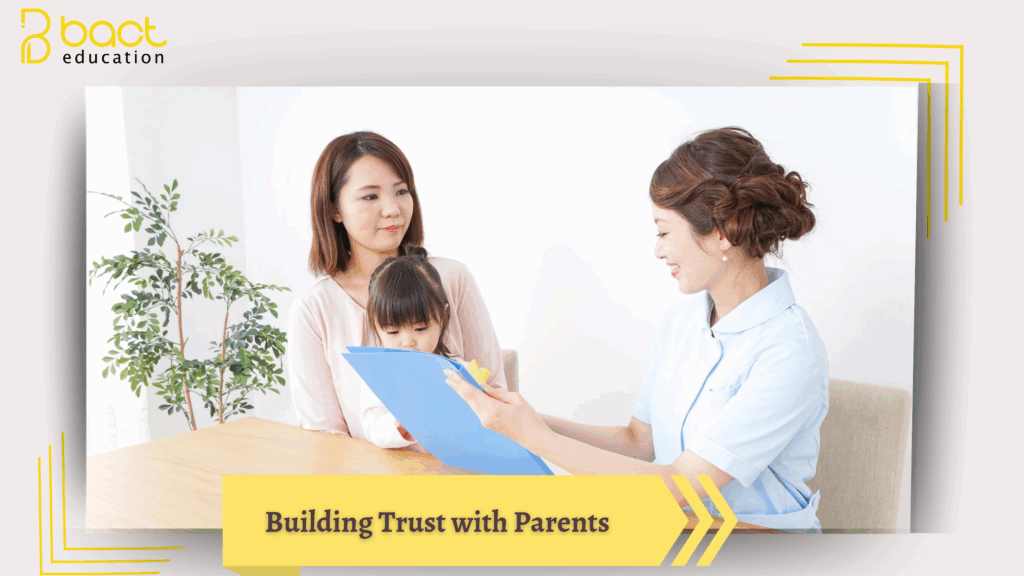Building Trust with Parents:
Strategies for Early Childhood Practitioners
Building trust between early childhood education practitioners and parents is the cornerstone of educational and developmental success. When parents have confidence in the institution and its staff, they become more open to collaboration and engagement, creating a supportive environment that enhances the child’s growth and development.
🔹 Clear and Consistent Communication
This can be achieved through:
- Regular meetings: Schedule consistent face-to-face or virtual meetings with parents, such as monthly sessions or end-of-term conferences.
- Concise and accessible reports: Provide weekly or biweekly summaries of the child’s progress—including achievements, areas for improvement, and daily activities—in a simple, clear format.
- Multiple communication channels: Use various tools (email, text messages, messaging apps) to give parents flexibility in choosing their preferred communication method.
🔹 Active Listening and Empathy
- Ask open-ended questions: Begin meetings with phrases like, “How do you see your child’s progress at home?” or “Are there any concerns you’d like to discuss?”
- Show understanding: When a parent expresses a concern, listen attentively and restate what you’ve heard in your own words to confirm understanding before offering suggestions.
- Acknowledge and validate feelings: Express empathy (“I understand that this might be worrying for you”)—this reassures parents that you are a genuine partner who cares about their child.
🔹 Engaging Parents in Learning Activities
- Mini workshops: Organize short sessions to train parents on simple educational games and activities they can do at home with their children.
- Family open days: Dedicate a school day for parents to join classroom activities and observe how their children learn and interact.
- Home–school projects: Provide weekly “activity cards” that connect the practitioner and home environment—such as observing plant growth or reading and discussing a story together.
🔹 Transparency and Credibility
- Share educational goals: Clearly explain the learning objectives and skills the team aims to develop over a set period, and how parents can support these goals.
- Present policies and procedures: Offer a simple guide explaining institutional rules (e.g., discipline approaches, safety measures) to ensure parents understand the school’s framework.
- Provide evidence: Use samples of the child’s work or photo-based progress records to demonstrate real growth, not just verbal claims.
🔹 Respecting and Understanding Cultural and Social Backgrounds
- Celebrate family diversity: Organize small events to celebrate families’ various cultural occasions (holidays, traditional foods, folk stories).
- Use appropriate language: When possible, provide translated materials or communication in the family’s native language for those less fluent in the institution’s main language.
- Be flexible and understanding: Recognize that some parents value privacy or have limited time—offer alternative communication methods suited to their circumstances.
🔹 Follow-Up and Positive Feedback
- Acknowledge progress: Don’t wait for formal meetings—send brief messages to congratulate parents when their child achieves something new.
- Suggest concrete steps: When a child needs additional support, provide parents with a short, practical plan that can easily be implemented at home.
- Gather parent feedback: Send short surveys or request evaluations about their satisfaction with communication and services; use their feedback to improve your practices.
Conclusion
The effectiveness of early childhood practitioners lies not only in their knowledge and professional skills but also in their ability to communicate with parents transparently and compassionately. When parents sense that a practitioner’s competence aligns with genuine care for their child, and that they are true partners in their child’s learning journey, a powerful alliance is formed—one that supports the child’s holistic growth and development.
By applying the above strategies, you—as an early childhood educator or caregiver—can strengthen parental trust and enhance your partnership in ways that benefit the child, the family, and the educational institution alike.

